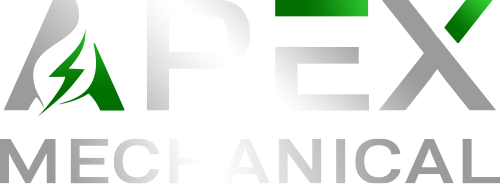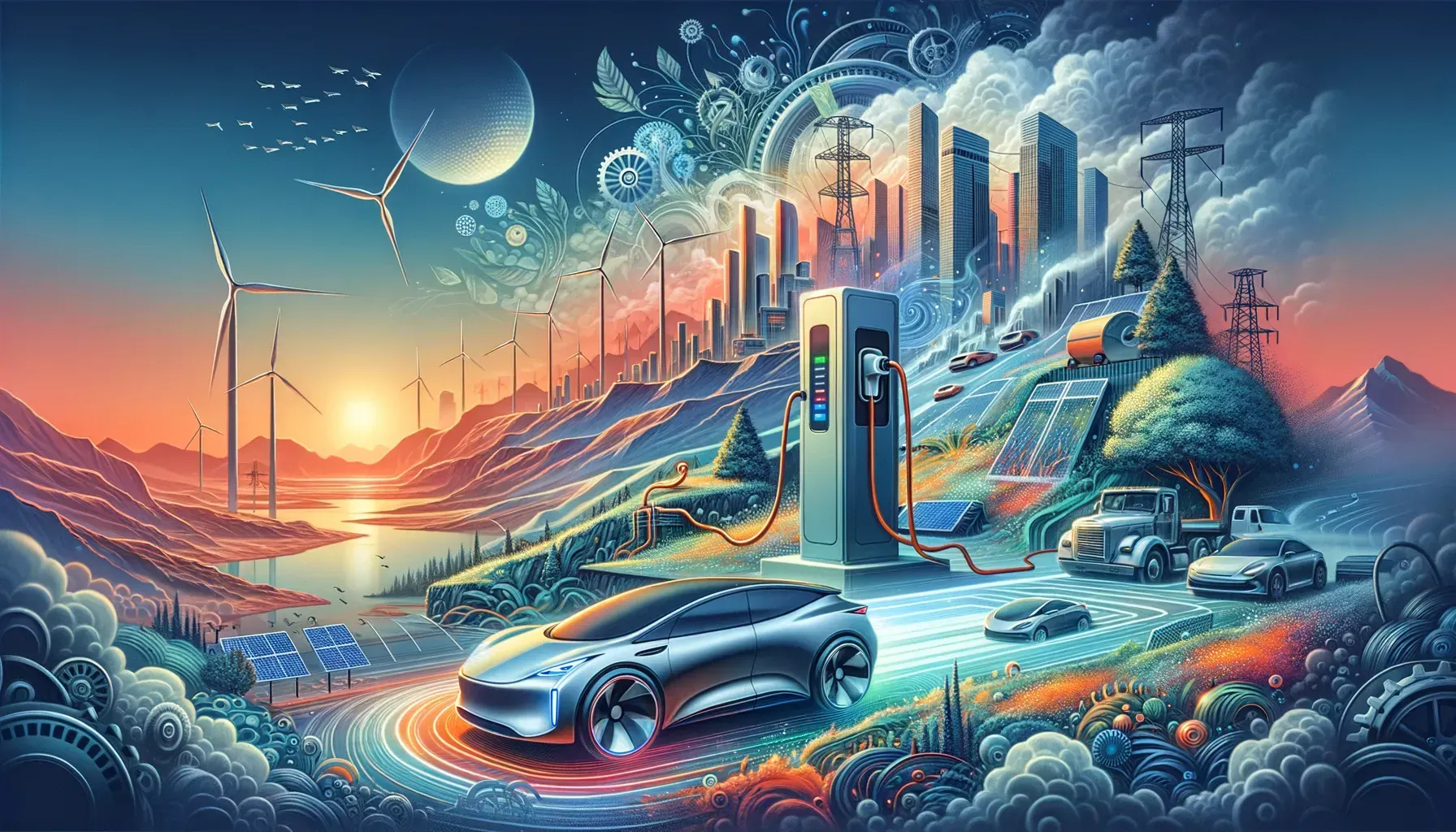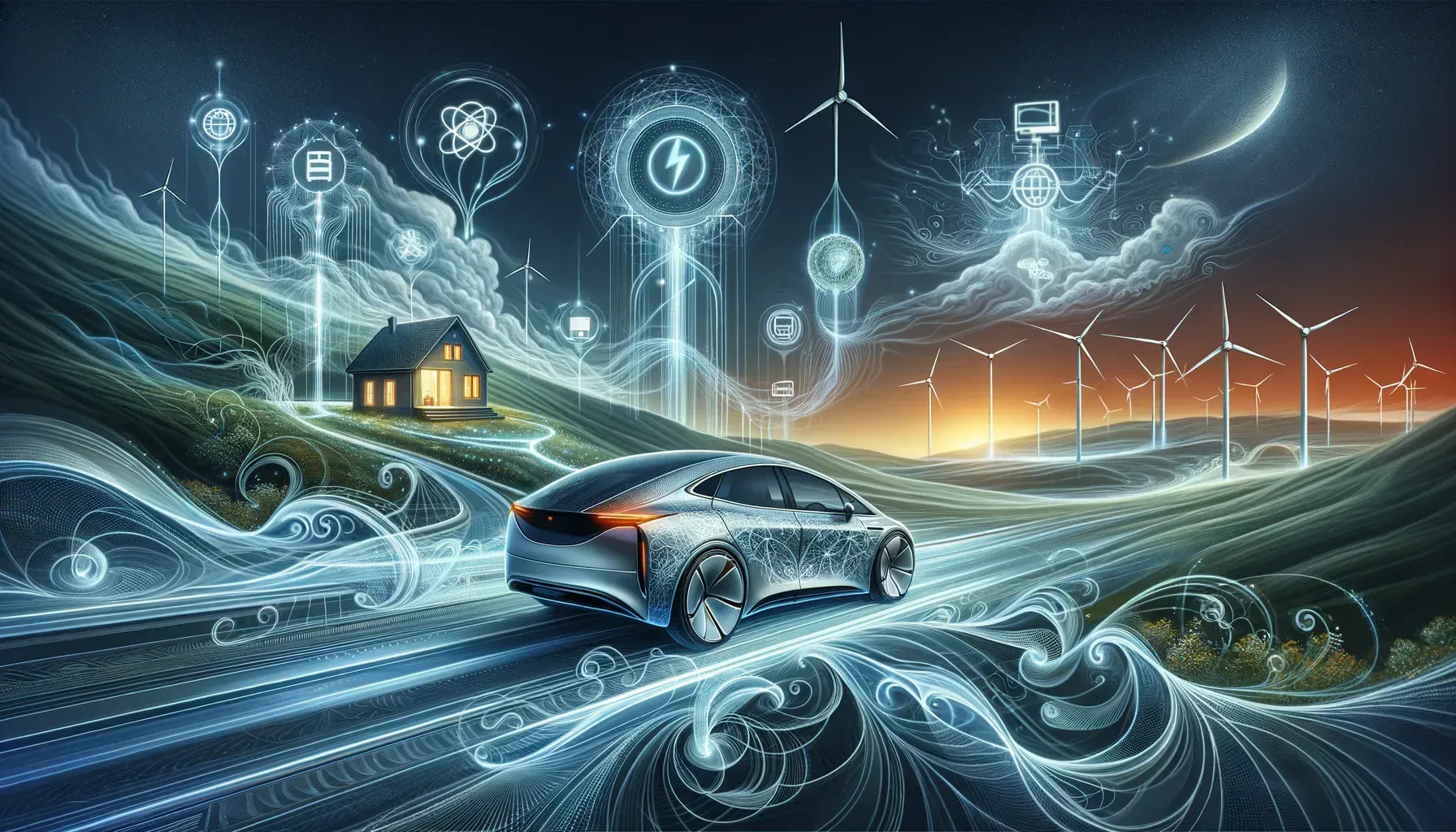Is Sigenergy the Disruptor Tesla Never Saw Coming? Rethinking Home Energy Storage, One Car at a Time

A few weeks ago, while scrolling through an EV forum late at night (don't judge my insomnia routine), I stumbled upon a heated debate: could Tesla’s Powerwall 3 actually keep up with new contenders, or was someone about to eat its lunch? Enter Sigenergy—a brand that’s been quietly rolling out modular, stackable batteries and the first certified bidirectional charger that really works with Teslas. I’ve been geeking out over this ever since, and not just because I have a soft spot for futuristic gadgets. The game of home energy storage is changing—and with it, perhaps the whole way we think about plugging in and powering up.
The Home Battery Hype: Is Tesla Powerwall 3 Still the Gold Standard?
For nearly a decade, the Tesla Powerwall has been the face of home energy storage. From the original Powerwall’s debut to the latest Powerwall 3, Tesla has set the pace for battery capacity, backup power, and solar integration. But as the home battery market evolves, the question remains: does the Powerwall 3 still set the standard, or are new competitors redefining what homeowners should expect from an energy storage system?
Tesla Powerwall: From Market Leader to Powerwall 3
Since its launch, the Tesla Powerwall has dominated the conversation around home energy storage. Early models offered a sleek, wall-mounted lithium-ion battery that could store solar energy for use during outages or peak demand. Over time, Tesla’s Powerwall line has grown in both capacity and capability, culminating in the Powerwall 3—a significant leap in both battery capacity and system integration.
Powerwall 3 Specifications: Capacity, Power, and Integration
The Tesla Powerwall 3 brings several notable upgrades over its predecessors. Its key specifications include:
- Battery capacity: 13.5 kWh per unit
- Continuous power output: 11.5 kW
- Solar input: Up to 20 kW
- Cell chemistry: Lithium iron phosphate (LFP)
- Operating temperature: 0°C to 45°C
- System weight: ~130 kg
- Stacking: Up to 4 units (54 kWh total), but only with other Powerwall 3 units
- Starting price: $9,300 per unit (excluding installation)
One of the most celebrated features is the integrated solar inverter, which streamlines installation and reduces complexity. As Tesla notes,
‘The Powerwall 3 supports up to 20 kW of solar input and includes an integrated inverter, reducing installation complexity.’This makes it easier for homeowners to pair solar panels with battery storage, all in a single package.
What’s Missing? The EV Integration Debate
Despite these enhancements, the Powerwall 3 has not delivered on all early promises. When Tesla CEO Elon Musk first teased the Powerwall 2, he hinted at a future where home batteries and electric vehicles would be tightly integrated. Many expected the Powerwall 3 to include a built-in EV charger or even full bidirectional charging—allowing owners to use their Tesla vehicle’s battery to power their home (vehicle-to-home, or V2H).
However, the Powerwall 3 does not feature direct EV charger integration. While Tesla’s Cybertruck supports bidirectional charging with the company’s Powershare solution, this feature does not extend to the Powerwall line. For now, Powerwall 3 remains focused on solar and home backup, not on using an EV as part of the home’s energy storage system.
Cost, Capacity, and the Value Question
The price-to-capacity ratio of the Powerwall 3 has sparked debate among homeowners and energy enthusiasts. With a 13.5 kWh battery capacity and a starting price of $9,300 (before installation), the Powerwall 3 is a significant investment. When compared to a Tesla Model 3, which offers an 82 kWh battery for $42,000 and can also be driven, some question the value proposition. As one user put it:
“I don’t understand why Powerwall is so much more expensive than an EV with a larger battery. Powerwall 3 with 13.5 kWh costs $15k, Model 3 with 82 kWh costs $42k, and you can drive around.”
Additionally, Tesla Powerwall 3 units can only be stacked with other Powerwall 3s, not earlier models, limiting expansion options for existing Powerwall owners. Maximum system capacity is capped at 54 kWh (four units).
Installation and Access: Still a Tesla-Only Affair
Another factor affecting the Powerwall 3’s appeal is the installation process. Tesla requires that all Powerwall 3 units be installed by certified Tesla installers. This policy can add to the overall cost and sometimes limits availability in certain regions. Homeowners cannot self-install or use independent contractors, which can be a drawback for those seeking more flexibility or lower installation costs.
Where Powerwall 3 Shines—and Where It Lags
The Tesla Powerwall 3 remains a mature, high-profile option in the home energy storage market. Its large battery capacity, integrated inverter, and robust backup capabilities make it a strong choice for solar-powered homes. However, the lack of direct bidirectional EV charging and limited stacking compatibility leave room for innovation—especially as new competitors enter the market with fresh ideas and features.

Meet the Challenger: Sigenergy’s Modular Bidirectional System
In the world of home energy storage, the Sigenergy system is quickly emerging as a true disruptor—a Powerwall competitor that is redefining what homeowners and EV drivers can expect from their energy storage system. While Tesla’s Powerwall has long set the standard, Sigenergy is leapfrogging ahead, especially when it comes to bidirectional charging and seamless integration of charging, storage, and solar input.
Stackable, Modular Design: Expandable Energy Storage
At the heart of the Sigenergy system are its stackable 8 kWh battery modules. This modular approach means users can easily expand their storage capacity to meet their unique needs, whether that’s a single module for basic backup or several stacked together for whole-home coverage. Each module is designed for straightforward installation and scalability, making it a flexible solution for a wide range of households.
- 8 kWh per battery module – add or remove modules as needed
- Expandable design – scale up to match changing energy demands
- Compact footprint – stackable units save space and simplify upgrades
Integrated Inverter and Smart Interface
The top module in the Sigenergy stack isn’t just another battery—it houses a fully integrated solar inverter and acts as the system’s smart interface or ‘brain.’ This integration streamlines the entire setup, allowing for direct solar input and real-time management of energy flows. The user interface, accessible via a dedicated app, is widely praised for its depth and clarity, offering more detailed statistics and control than current Powerwall competitor features.
- Integrated inverter – direct connection to solar panels
- Smart interface – advanced app for monitoring and control
- Detailed energy stats – track sources, usage, and flows in real time
Universal Bidirectional DC Charger: 25 kW Fast Charging at Home
One of the most groundbreaking features of the Sigenergy system is its universal bidirectional DC charger module. Certified to the ISO 15118 standard, this module enables true vehicle-to-home (V2H) and vehicle-to-grid (V2G) power transfer—something Tesla owners have long hoped for from their Powerwall. With three battery modules and solar input, the system can deliver up to 25 kW of DC fast charging, far surpassing the typical 7 kW of most home AC chargers.
- 25 kW DC fast charging – mimics public fast-charging experience at home
- Bypasses onboard EV charger – direct DC connection for efficiency
- Bidirectional capability – both charges EVs and draws power from them
This means that not only can you quickly charge your EV at home, but you can also use your car’s battery to power your home during outages or peak demand periods. The system supports both CCS and NASC connectors, ensuring broad compatibility. Most Tesla vehicles from 2019–2021 and newer, equipped with the CCS module, can use the Sigenergy bidirectional charging feature—albeit unofficially, as Tesla has not formally endorsed third-party V2X solutions.
Cross-Compatibility and Real-World Performance
Sigenergy’s commitment to open standards and compatibility sets it apart from other energy storage systems. The system has already proven itself in real-world trials, working seamlessly with a range of electric vehicles. Ford’s EVs have shown the best compatibility, while most Teslas perform well, though some models may disconnect after a few minutes. GM vehicles have proven more challenging, highlighting the need for broader automaker support of the ISO 15118 standard.
- Fully ISO 15118-certified – future-proof and standards-compliant
- Works with most CCS-equipped EVs – including many Teslas and Fords
- Real-world tested – successful trials across multiple brands
User Experience: A Step Ahead
Sigenergy’s app-driven interface is another area where it stands out. Users can see exactly where their energy is coming from and going—whether it’s solar, battery, grid, or vehicle. The level of detail and control is a step beyond what current Powerwall competitor features offer, appealing to both energy enthusiasts and everyday users.
‘This device is what the Tesla Powerwall was supposed to be.’
Sigenergy brings to the table what many see as the missing link in home energy storage: out-of-the-box vehicle-to-home power transfer, all within a compact, integrated, and user-friendly system. For those seeking a truly modern energy storage system, Sigenergy’s modular bidirectional solution is setting a new benchmark.

The Wild Card: Why V2X Could Change More Than Your Power Bill
Vehicle-to-home tech, or V2X (vehicle-to-everything), is quietly reshaping the way we think about energy storage systems, not just for early adopters but for anyone with an electric vehicle in their driveway. The idea is simple but powerful: if your car’s battery is bigger than your home’s backup battery, why not let it do double duty? With bidirectional charging, your EV can power your house during an outage, send surplus energy back to the grid, or simply help you avoid peak electricity rates. But the real disruption goes far beyond saving a few dollars on your power bill.
Sigenergy’s V2X-enabled system is at the forefront of this shift. Unlike traditional home batteries, such as Tesla’s Powerwall, which offers 13.5 kWh of storage, a single Tesla Model 3 holds up to 82 kWh—over six times as much. With ISO 15118 certification, Sigenergy’s system is one of the first to offer true vehicle-to-grid and vehicle-to-home capability, supporting a range of EVs (with Ford models currently leading in compatibility, some Teslas working well, and GM lagging behind). This means that, for the first time, the massive battery sitting in your garage can become a flexible, on-demand energy asset for your entire household—or even your neighborhood.
This isn’t just a technical upgrade; it’s a fundamental change in how energy flows. Decentralized energy infrastructure is no longer a distant dream. Instead of relying on a handful of large, centralized power plants and static home batteries, V2X allows energy to move dynamically between cars, homes, and the grid. As one Electrek commenter put it,
“All battery systems become interconnected between cars, homes, and the grid. You can always have energy go to where it is needed the most.”Imagine a blackout where your home automatically borrows power from your neighbor’s EV, or a heatwave where hundreds of cars help stabilize the grid. This is the promise of a smarter, more adaptive energy system—one that reduces grid strain, increases resilience, and empowers consumers.
But this new paradigm also threatens established business models. Tesla’s Powerwall has long dominated the home energy storage market, but its relatively small capacity and high price have drawn criticism, especially when compared to the much larger, mobile batteries found in Tesla vehicles. If V2X becomes the norm, the logic of buying a separate, expensive home battery starts to unravel. Why invest in a Powerwall when your EV can do the same job—and more? This is the market disruption that could upend the economics of home energy storage, turning every EV into a dual-purpose asset and challenging companies to rethink their offerings.
Tesla’s slow and cautious approach to bidirectional charging has raised eyebrows. While the Cybertruck supports V2X through Tesla’s own Powershare solution, it remains limited and does not yet integrate with Powerwall. Some speculate this is a strategic move to protect Powerwall sales, while others see it as a sign that Tesla is lagging behind innovators like Sigenergy. Either way, the landscape is shifting. As more automakers adopt ISO 15118 and V2X becomes a standard feature, the pressure will mount for Tesla and others to open up their platforms and embrace this new, interconnected reality.
The implications go well beyond individual homes. If V2X is widely adopted, electric cars could form a vast, flexible battery network, fundamentally altering how energy is stored, shared, and valued. Homes, cars, and the grid would become more dynamically interconnected, driving energy self-sufficiency and resilience. This isn’t just about a new gadget or a clever feature—it’s about rethinking the relationship between transportation, housing, and the power grid itself.
In the end, V2X could be the wild card that changes everything. It challenges the status quo, disrupts established business models, and opens the door to a truly decentralized energy future. Whether Tesla adapts or is disrupted may depend on how quickly it can pivot from protecting its Powerwall business to embracing the full potential of its own battery capacity. For now, Sigenergy is leading the charge, and the rest of the industry—and the world—will be watching.
TL;DR: Sigenergy’s arrival is shaking up the world of home energy, challenging Tesla’s Powerwall with true vehicle-to-home integration and a user-friendly modular system. As this tech matures, expect a more flexible, decentralized future for how we store and share energy—from cars to kitchens.











